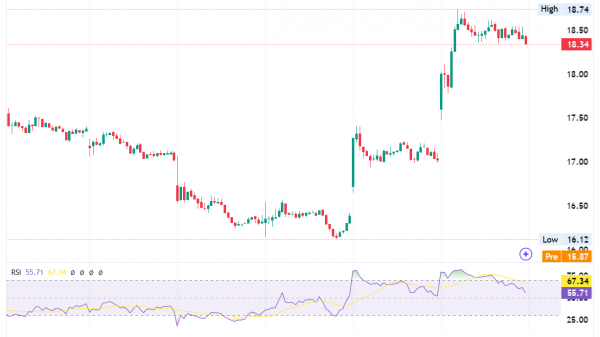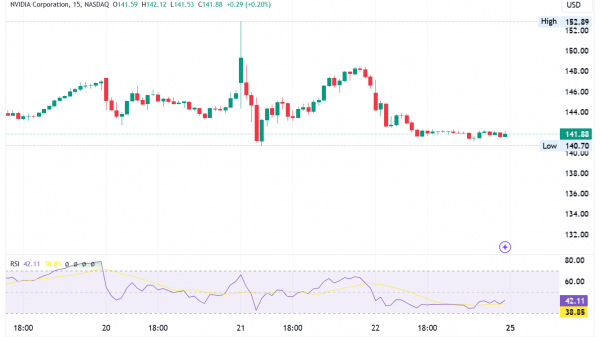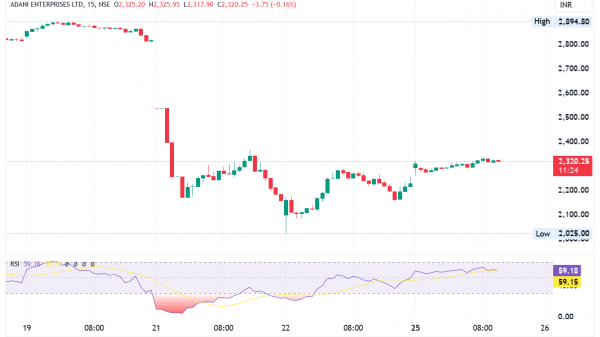It is easy to lose sight of how unusual the 2024 presidential election is shaping up to be. It is unusual, most obviously, in that it features the same two major-party candidates who were on the ballot four years ago. It is unusual in that both candidates are broadly unpopular, something that seems standard in the modern era but is itself anomalous. And it is unusual in that it arrives at a moment of generational transition in the United States.
And that transition — largely, though by no means entirely — can help us understand how the presidential race and American politics broadly are evolving.
The prompt for this discussion is new data from the Pew Research Center exploring partisan identity among demographic groups. But let’s begin not by diving into party identification among younger and older people or among men and women. Let’s instead look at a much less common metric: housing.
In Pew’s data, people who own their homes are slightly more likely to identify as Republicans (or Republican-leaning independents) than as Democrats. It’s a six-point difference, with 51 percent of homeowners saying they are Republican or Republican-leaning. Among renters, though, there’s a 2-to-1 advantage toward Democrats and Democratic-leaning independents. In total, the difference in partisan identity between homeowners and renters is 38 points: Homeowners are Republicans plus-6, and renters are Democrats plus-32.
When presented with this data, you probably didn’t take long to start thinking about the groups that fit into those two categories. Homeowners are generally wealthier than renters, almost definitionally. But they are also generally older. These numbers are probably more of a proxy for other characteristics than representations of how fervently homeowners adhere to Republican policy positions.
This overlap of traits is incredibly important to consider when looking at data like Pew’s. The Pew data, for example, finds that Asian, Black and Hispanic Americans identify much more heavily as Democrats than Republicans. The rightward shifts seen in other data sets, like Gallup’s, aren’t reflected as robustly in Pew’s — though that is probably partly because Pew’s focused on registered voters.
But that racial identification also overlaps with age. Younger Americans are more likely to be non-White than are older Americans. So when we see Pew present partisan identification by age, consider that the propensity among younger voters to identify as a Democrat or a Democratic-leaning independent overlaps with those voters being more heavily non-White.
Also note, as shown in Pew’s data, that those younger voters are more likely to fall into that “leaner” category; that is, they are more likely to be independents who tend to vote Democratic than older Americans.
This is probably one reason President Biden’s poll numbers with younger Americans are not particularly strong (especially relative to past years): There is less loyalty to the institution of the party and more consideration of Biden as a (not terribly popular) candidate.
There’s another characteristic that overlaps with age that is central to Pew’s data: education.
Pew has looked at the composition of the two major parties for decades, allowing us to see how each party has shifted. The parties have gotten more diverse — though the GOP is still more heavily White than the Democratic Party was 28 years ago. The parties have gotten older — though that’s more the case with the Republican Party, which has more support among older Americans. And the parties now have more members with college degrees — though that’s more true of the Democratic Party.
Why? In part because younger Americans are more likely to have college degrees.
It has been observed before that education has been a point of remarkable polarization in recent years, even before Donald Trump emerged on the political scene. Americans without a college degree went from a 14-point Democratic lean in 2007 to a six-point Republican lean last year. Among White people without a college degree, the shift was more dramatic: They now lean Republican by 30 points.
Those with a degree, meanwhile, went from a 10-point Republican preference in 2002 to a 20-point Democratic preference in 2018 before falling to a 13-point Democratic preference last year. Whites with a college degree were again more Republican, but less dramatically so and still leaned Democratic on net.
Fascinatingly, the difference between those with and without a college degree is much larger among White people than among Black or Hispanic Americans. This may again be because Pew is looking solely at registered voters, but it is nonetheless the case that the gap isn’t reflected within those other groups. Among Black Americans, Pew finds that those with a college degree sit slightly to the right of Black Americans without a degree.
Pew also found that the partisan divide by education was much more pronounced among wealthier Americans than poorer ones. The poorest Americans without degrees lean more heavily Democratic than Republican, not much different from those with degrees at that income level. The richest Americans without degrees — a heavily older group because older Americans are more likely to have higher incomes and less likely to have degrees — had the biggest partisan gap by education.
Pew’s data also show a widening gap in partisan identity in rural communities — though not in suburban ones and relative stability in urban centers.
Again, there’s overlap: Rural communities tend to be older, more White and less college-educated than urban areas. (On average, rural counties had populations that were a fifth 65 and older, a fifth with college degrees and three-quarters White in 2019. Large urban counties were about an eighth 65 and older, 40 percent college-educated and just under half White.)
These numbers can be sliced in several ways, certainly. Using age as a proxy for these underlying patterns is one way. But it’s a useful one, in part because we have two large generational groups — baby boomers and millennials — that are contesting for power, and each group has characteristics that overlap with politics.
One story of the Pew data is that, for all of the understandable focus on partisan movement among Black and Hispanic Americans, broader trends remain, such as education, that are measurable and useful in understanding this very odd political moment.


































